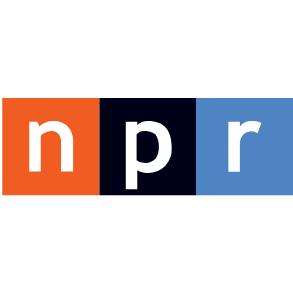Accessibility to training resources
Employers should provide their employees with the proper resources to improve and be well versed in their specialties. As the human resources department of a company controls the training resources that are available to employees, employees should be sufficiently satisfied with the opportunities for improvement that the department provides and the department should be ranked highly against similarly sized companies.
1.0/1
At NPR, 81% of employees believe they learn something at work, showing the HR department provides resources to their employees.
Employee benefits in comparison to industry standards
Every business should provide their employees with benefits to improve their working life and the health of themselves and their family. Standard benefits that should be offered include health insurance, life insurance, dental insurance, paid time off or sick time, paid medical leave, education assistance, and 401k. Employees should have a good sentiment around the perks and benefits their company provides, and the benefits should rank highly against similarly sized companies.
1.0/1
NPR provides perks and benefits that are in the Top 20% of similarly sized companies.
Overall work environment
A healthy work environment provides several perks such as increasing productivity and creativity and boosting motivation and company morale. Employees should be comfortable working with their peers and feel that they have an adequate amount of freedom to improve. As a result, a company should cultivate a work environment that is highly rated by both employees and against similar companies, and employees should also be pleased with the company's leadership and the opportunities they provide.
0.5/1
NPR ranks in the top 50% of work environments of similarly sized companies.
Salaries in comparison to industry standards
Higher salaries and compensation allow employees to be more invested in their jobs and feel that they are valued by the company. It also allowed companies to expect that employees are more productive and that they produce high-quality work. As a result, employers should provide salaries that rate them highly in comparison to similarly-sized companies and employees should be satisfied with their compensation.
0.5/1
NPR ranks in the top 25% of salaries of similarly sized companies, with the average salary being $91,979 and a median of $88,417.
Work from home and response to the pandemic
Allowing employees to work from home, gives them the opportunity to work in a more comfortable setting and have fewer distractions. Especially during the COVID-19 pandemic, being able to work from home is important to keep safe and still be productive. Thus, employees should be satisfied with the company's response and leadership during the pandemic, and a minimal number of employees should be expected to work in the office.
1.0/1
Although work from home policies vary between managers, the general sentiment among NPR employees is that policies provide sufficient flexibility.




